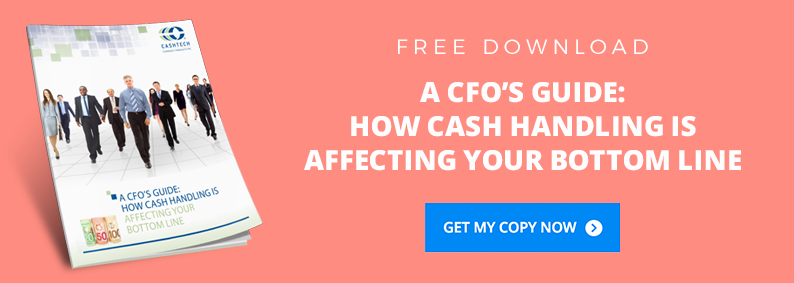Ontario’s minimum wage is going up to $14 in January 2018, with a jump to $15 in 2019. This significant increase in a short timespan has opened the door for a wide range of responses—both good and bad. The increased minimum wage will affect retailers’ bottom lines. Here’s how.
Adjusting Current Labour Expenses
Retailers should begin investigating where their businesses can absorb this extra expense while continuing to operate successfully. Due to the short notice, there’s very little time to do so.
This can begin by examining current employee roles: Who is integral to sales; where is the biggest impact in customer service; what positions can be cut? Retailers may need to tweak current responsibilities to manage labour.
There are many retail currency solutions businesses can choose from that can do the work previously performed by employees, which can help cut labour expenses.
Communication Is Key
All minimum-wage workers will require a pay bump come January. Retailers will need to keep up with provincial standards and ensure they’re abiding by the right legislation. In addition, those making above minimum-wage may expect pay increases as well.
You may need to lay off employees, shorten shifts, or cut hours to manage this new increase.
These changes can impact employee morale. Clearly communicating these changes keeps expectations realistic, allows a chance for thorough understanding, and can make the entire process run smoother.
The Ongoing Debate: Job Loss or Job Growth?
The debate is province-wide: Will this increase cut jobs and hours, or is the concern unduly warranted? The predicted job loss may be less significant than reported.
Employees paid minimum wage put their hard-earned money back into the local economy—an effect that’s good for everybody, including retailers. The provincial economy, as well as retailers, will see growth.
Small retailers with thin profit margins might find it harder to keep their current staff and schedules as is while maintaining wages, but the upside to this pay hike is reduced employee turnover. With the same staff sticking around, retailers can cut hiring and training costs. Lower turnover increases productivity and profits.
With proper planning and investments in cash management solutions, retailers can adapt to the new legislative environment they find themselves in.



